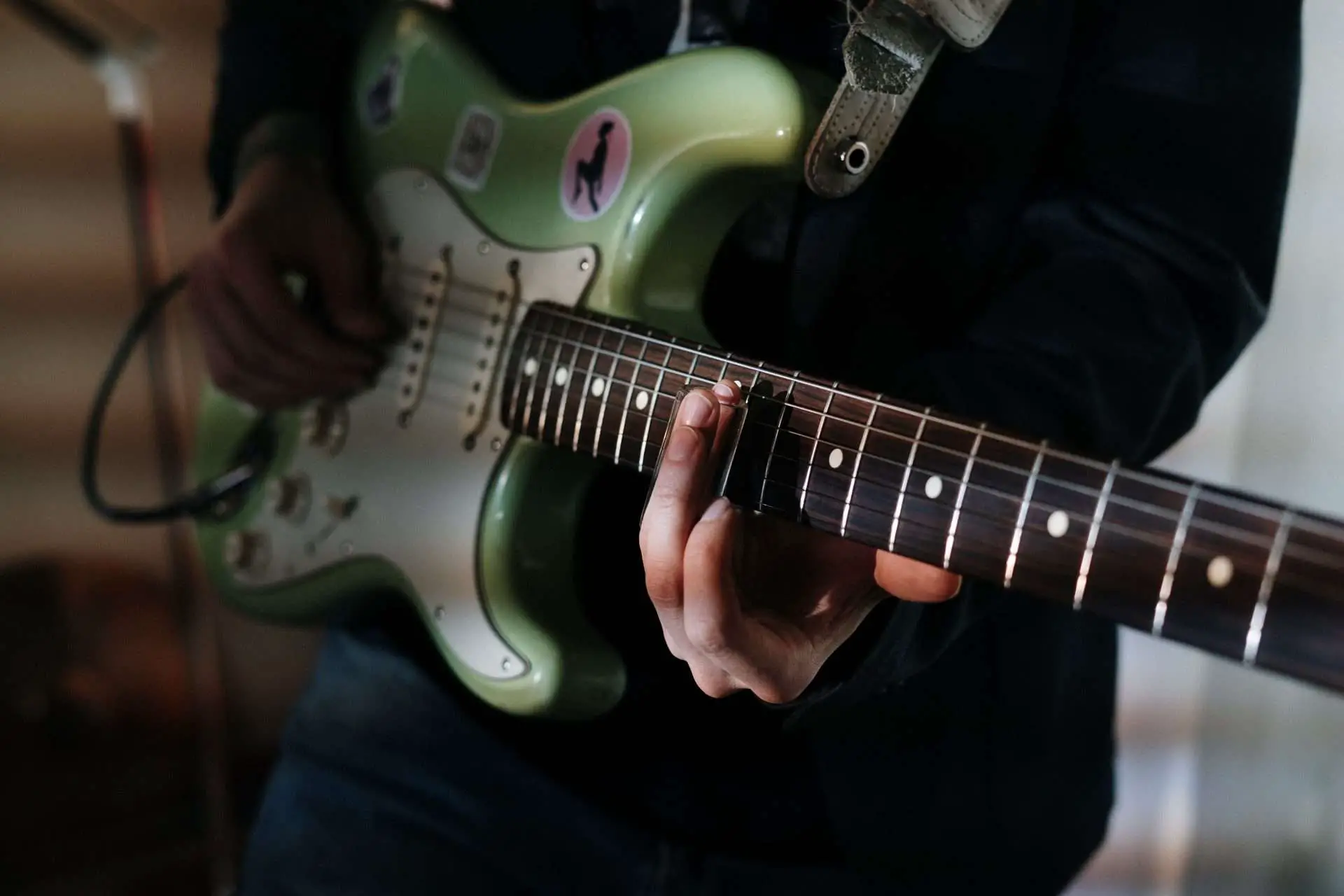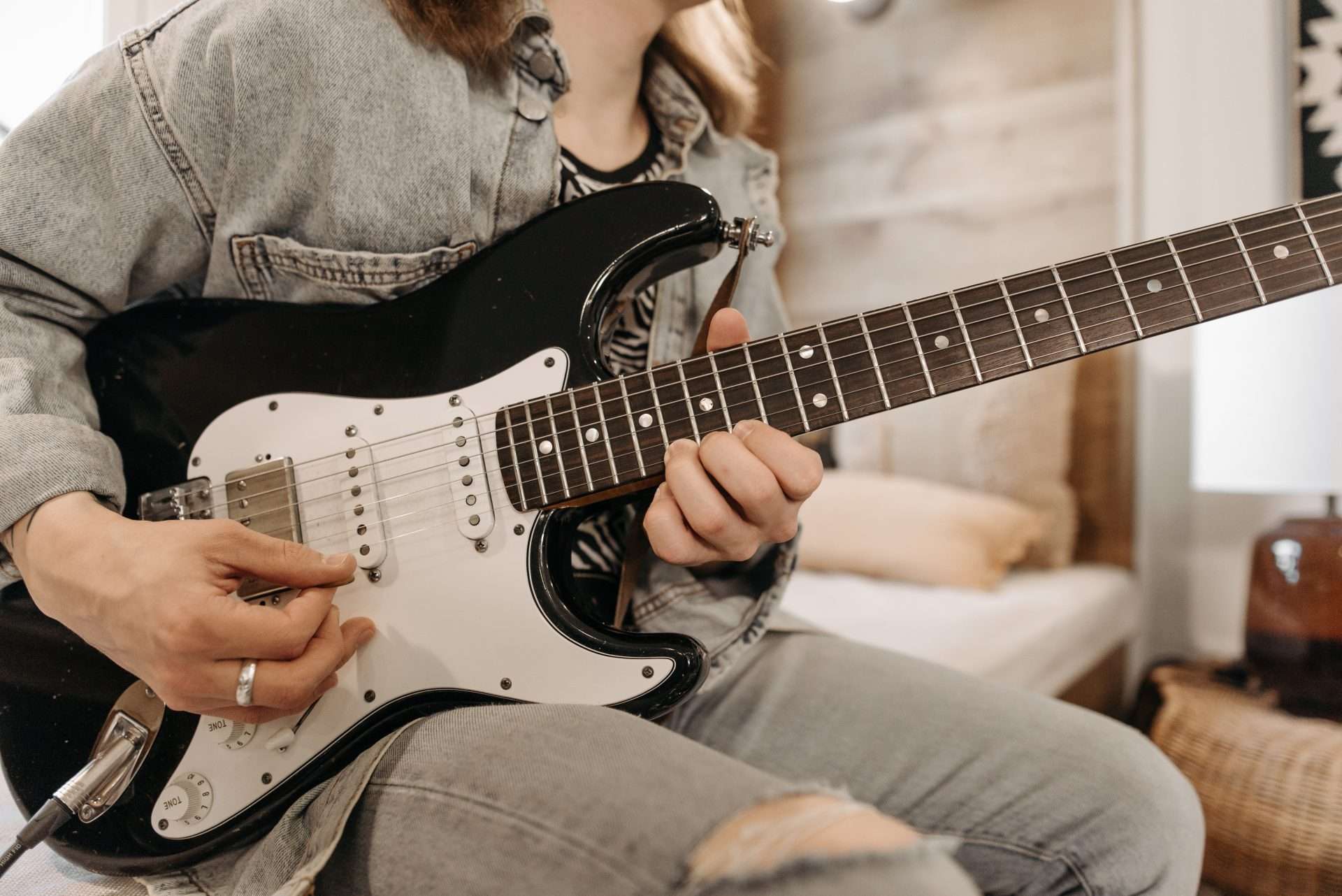Are electric guitar strings easier to press? The answer is not a simple yes or no, as there are multiple factors that affect how easy or difficult it is to press the strings of an electric guitar.
One of the main factors that make electric guitar strings easier to press is the lower string tension. Compared to acoustic guitars, electric guitars typically require less tension to produce sound. Additionally, electric guitar strings are generally thinner than acoustic guitar strings, which can also make them easier to press. However, it’s important to note that the ease of pressing the strings can also depend on the specific type and gauge of strings you are using.
Another factor that can affect how easy it is to press electric guitar strings is the guitar’s setup. A guitar with high action or poorly adjusted intonation can make it more difficult to press the strings down, even if the strings themselves are easy to press. Likewise, a guitar with low action and good intonation can make it much easier to play.

Understanding Electric Guitar Strings
Electric guitar strings are an essential component of any electric guitar setup. They are responsible for producing the sound that you hear when you play your guitar. Understanding the different types of electric guitar strings and their characteristics can help you choose the right strings for your playing style.
Types of Electric Guitar Strings
Electric guitar strings are typically made of steel, nickel, or a combination of both. Steel strings are the most common type of electric guitar string and are known for their bright and clear tone. Nickel strings, on the other hand, have a warmer and more mellow tone.
There are also different types of wound strings, which are strings that have a wire wrapped around a core. Flat-rounds and flatwound strings have a flat wire wrapped around a round core, while round-wound strings have a round wire wrapped around a round core. Each type of wound string produces a different tone and feel.
Related: Why Do Guitarists Wear Wristbands?
String Gauges
String gauge refers to the thickness of the string. Lighter strings, or light gauges, are easier to press down and fret, making them a good choice for beginners or players with weaker hands. Heavier strings, or heavier gauge strings, require more finger strength to play but produce a fuller and more powerful sound.
When choosing your string gauge, it’s important to consider your playing style and the type of music you play. If you play a lot of lead guitar, you may prefer lighter strings that allow for easier bending and vibrato. If you play rhythm guitar, you may prefer heavier strings that provide a fuller sound and better sustain.
Related: What Is A Rhythm Guitar?
String Material
The material used to make the string can also affect its tone and feel. Steel strings are the most common type of electric guitar string and are known for their bright and clear tone. Nickel strings, on the other hand, have a warmer and more mellow tone.
Acoustic guitar strings are typically made of bronze or phosphor bronze, which produce a warm and bright tone. Nylon strings are commonly used on classical guitars and produce a mellow and soft tone.

Action and Its Influence on Playability
The action of a guitar refers to the distance between the strings and the fretboard. It is an important factor in determining how easy or difficult it is to press the strings down to the frets. A high action means the strings are further from the fretboard, making it harder to press them down. Conversely, a lower action means the strings are closer to the fretboard, making them easier to press.
When it comes to electric guitars, the action is generally lower than that of acoustic guitars. This is because electric guitars use thinner strings and have a lower tension, which makes them easier to press down. However, a low action can also lead to buzzing or fretting out if the strings are too close to the frets.
To adjust the action, you can make changes to the truss rod, saddle height, or bridge height. Truss rod adjustments can help to correct the curvature of the neck, which can affect the action. Adjusting the saddle height can help to raise or lower the strings, while adjusting the bridge height can affect the overall action of the guitar.
It’s important to note that adjusting the action can also affect the intonation of the guitar. Intonation refers to the accuracy of the notes played up and down the fretboard. If the action is too high or too low, the intonation can be affected, leading to notes being out of tune.
Overall, finding the right action for your guitar is a matter of personal preference and playability.

Physical Factors Influencing String Pressing
When it comes to pressing electric guitar strings, there are several physical factors at play. These factors can affect the ease or difficulty of pressing down on the strings, and ultimately impact your playing experience.
One key factor is finger strength. As you press down on the strings, your fingers need to exert a certain amount of force to produce a clear note. This requires a certain level of finger strength and dexterity, which can be developed over time with practice.
Another factor is the tension of the strings. Lighter gauge strings generally have less tension, making them easier to press down. Additionally, some players may prefer to use a capo to reduce the tension on the strings and make them easier to press.
Fretting technique is also important. Proper fretting technique involves pressing down on the strings with the fingertips, using the wrist muscles to support the fingers. This can help reduce strain on the fingers and prevent tendinitis.
Calluses can also play a role in string pressing. Over time, frequent playing can lead to the development of calluses on the fingertips, which can make it easier to press down on the strings.
Related: What Is A Guitar Tuner?
Overall, the ease or difficulty of pressing electric guitar strings can depend on a variety of physical factors, including finger strength, fretting technique, string tension, and calluses. By focusing on proper technique and gradually building finger strength, you can improve your ability to press down on the strings and make playing easier and more enjoyable.
